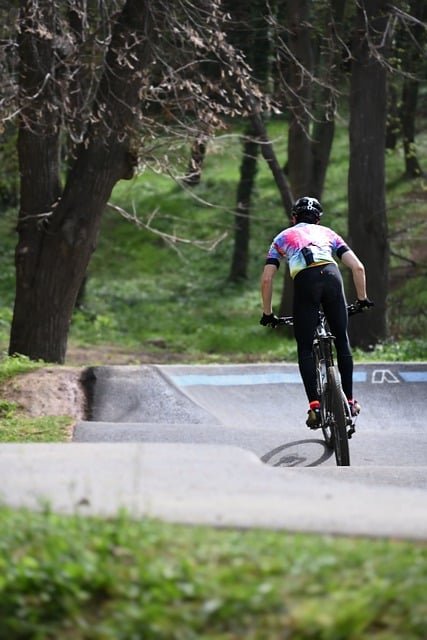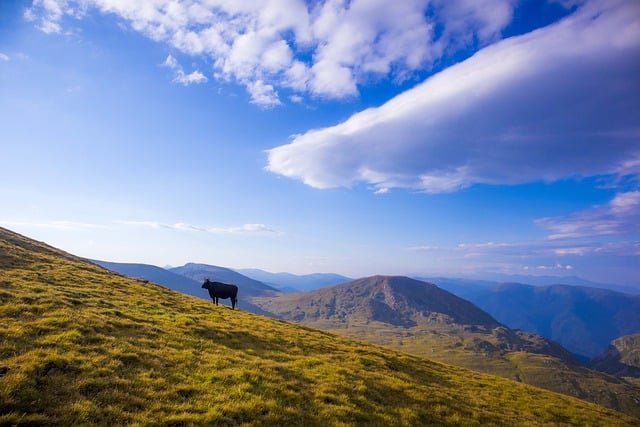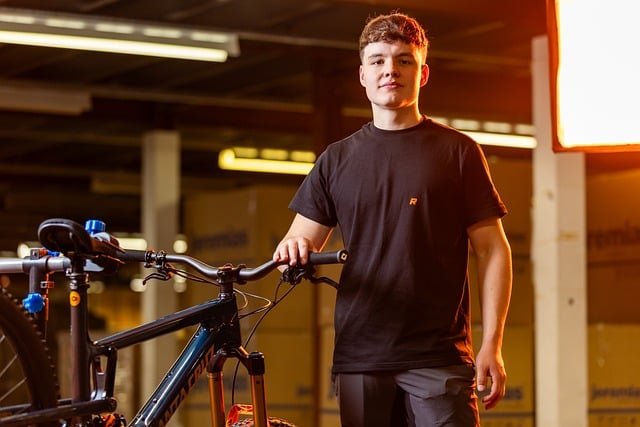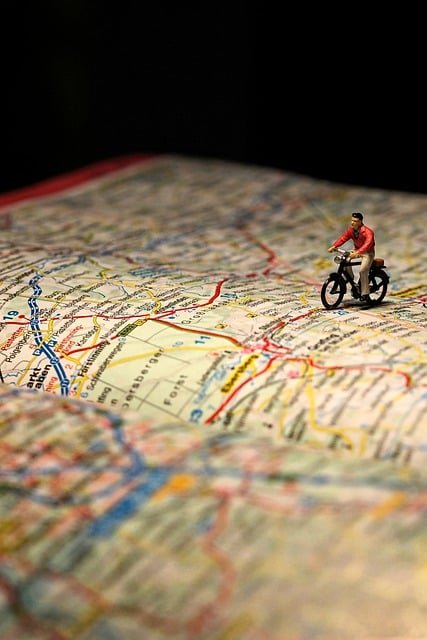
When you think of biking, you may think of it as a leisurely activity or a convenient form of transportation. However, biking is actually an excellent form of exercise that can provide numerous health benefits. One of the major benefits of biking is that it targets a wide range of muscles, making it a great workout for building strength and endurance. In this article, we`ll explore the specific muscles that biking works and how it can help in toning and sculpting your body.
Biking is primarily a lower body workout, with a focus on the leg muscles. As your legs are constantly in motion while biking, it requires a lot of strength and endurance from various muscle groups to keep the wheels turning. The main muscles that are engaged during biking are the quadriceps, hamstrings, and calves.
The quadriceps muscles are located on the front of your thighs and are responsible for extending the leg at the knee joint. These muscles are the primary powerhouses for pushing the pedals and propelling your bike forward. As you pedal, your quadriceps contract repeatedly, providing the necessary force to move the pedals. To target your quadriceps even more, you can pedal in a standing position, which will also engage your core muscles for stability.
The hamstrings are the muscles at the back of your thighs and are responsible for bending the knee joint. These muscles work in opposition to the quadriceps when you pedal, allowing you to complete a full circular motion. The hamstrings also play a crucial role in stabilizing your knees while biking, minimizing the risk of injury. To give your hamstrings an extra challenge, try cycling on an incline or incorporate sprints into your ride.
The calves are located at the back of your lower legs and work in conjunction with the quadriceps to push the pedals. As you pedal, your calves contract and relax, providing the necessary push to keep the bike moving. Biking can help strengthen and tone your calves, making them more defined and shapely.
While biking primarily targets the leg muscles, it also engages several secondary muscles that play a supportive role in the movement. These muscles include the glutes, hip flexors, and core muscles.
The glutes, also known as the buttocks, are responsible for hip extension and play a significant role in pedaling. They work together with the quadriceps to generate power and drive the pedals forward. Biking can help tone and strengthen your glutes, giving you a more defined and lifted backside.
The hip flexors are a group of muscles located in the front of your hips and are responsible for lifting and bending your legs. These muscles also work in conjunction with the quadriceps during cycling. It`s essential to keep your hip flexors strong and flexible to prevent any discomfort or pain while biking.
Your core muscles, including your abdominals, obliques, and lower back muscles, play a vital role in keeping your body stable while biking. They help in maintaining an upright posture and preventing excessive leaning or swaying while pedaling. Biking can help strengthen and tone your core muscles, leading to improved balance and stability.
Consistent biking can help you build and strengthen your muscles, resulting in a more toned and defined physique. It`s a low-impact form of exercise, making it suitable for people of all fitness levels. Biking also provides an excellent cardiovascular workout, which can help in burning fat and building endurance. Since it targets multiple muscle groups simultaneously, it can save you time and allow you to fit in a full-body workout in a short amount of time.
Biking is a versatile form of exercise that targets a wide range of muscles, making it an efficient and effective way to build strength and muscle mass. Whether you`re biking outdoors or attending a spin class, this activity can give you a full-body workout that strengthens and tones your muscles, leading to increased muscle growth and improved overall fitness. So, the next time you hop on your bike, remember that you`re not just getting from point A to point B – you`re also engaging in a fantastic muscle-building workout.







Join our newsletter community for exclusive updates, offers, and more. Sign up now to stay in the loop!
© Outdoor-Expedition. All Rights Reserved. Design by HTML Codex